29-89
Vestex offers advice and guidance to exporters to ensure compliance with national legislation both for the industry in general and for companies under Decree 29-89.
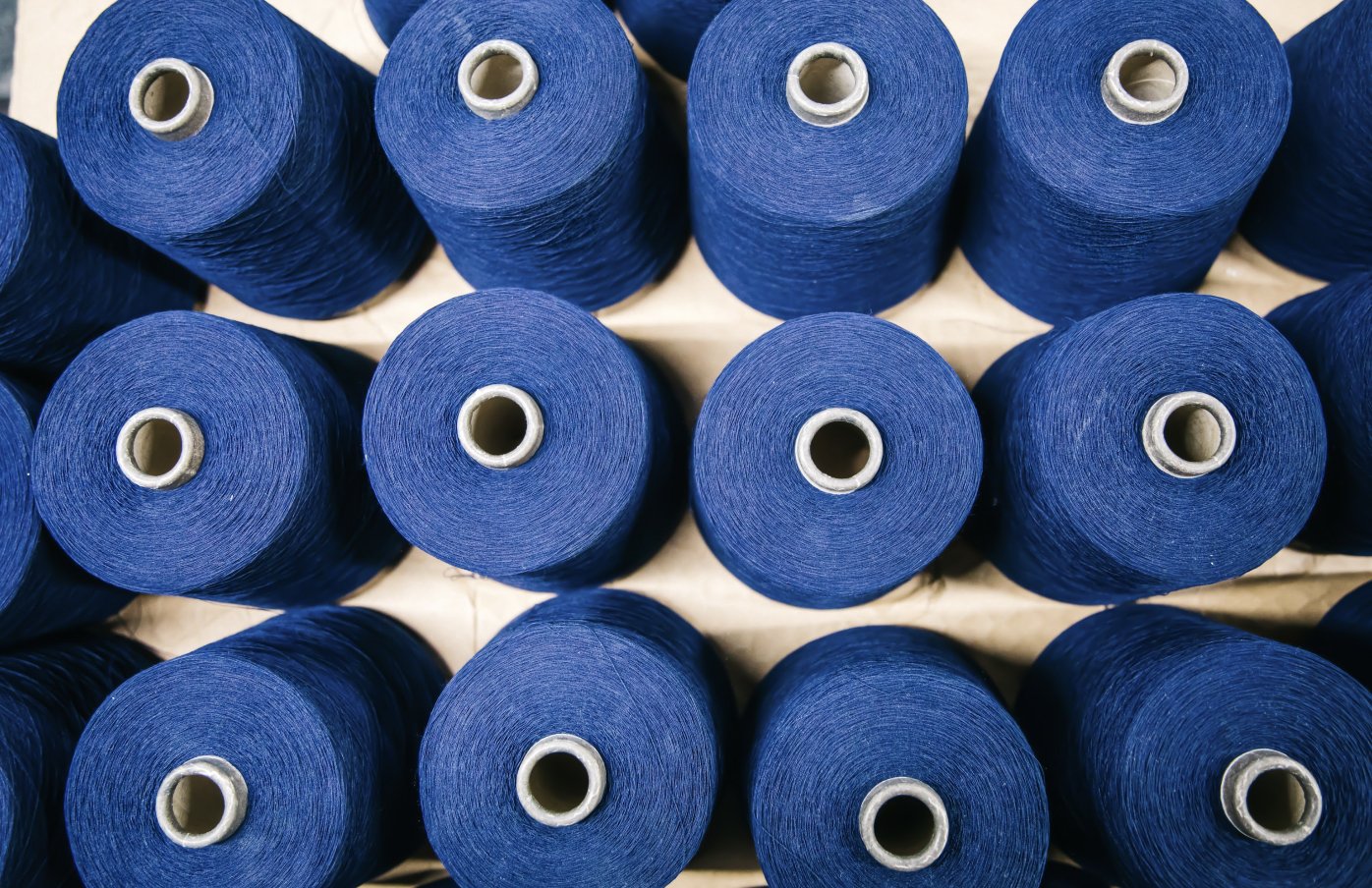
Integrated cluster
The production chain of the apparel and textile sector is made up of more than 690 companies ranging from spinning, weaving, dyeing, cutting, tailoring, finishing, to packaging, making Guatemala the most robust and sophisticated cluster in the entire region, with the capacity to offer products with high added value, making it an ideal destination for sourcing and investment.
Services or Supplies
Contractors
Sewing thread
Spinners
Accessories
Finishes
Textile
Confection
Apparel and textile conglomerate in Guatemala
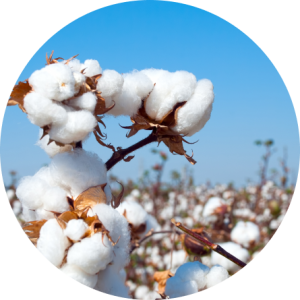
Fiber
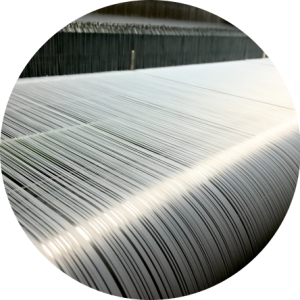
Thread
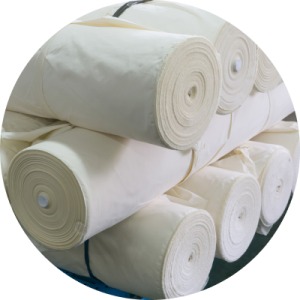
Raw Fabric
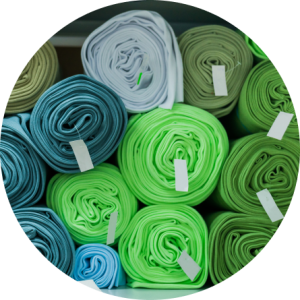
Finished Fabric
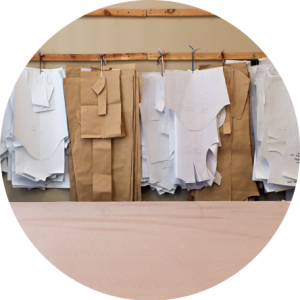
Cut Pieces

Finished garment
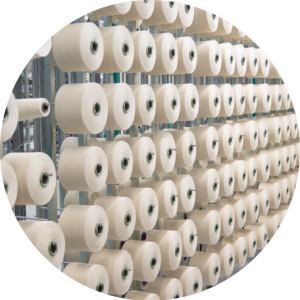
Spinning
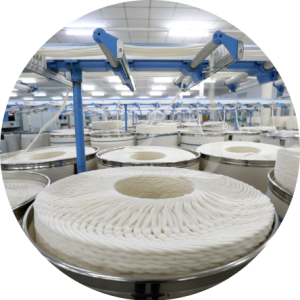
Weaving

Fabric Finishes
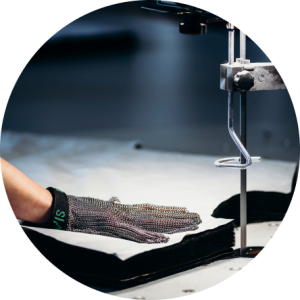
Cut
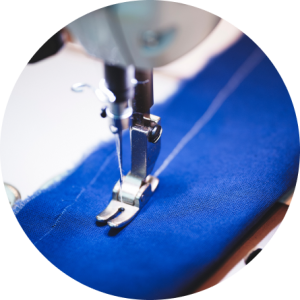
Confection

Producer under the Temporary Admission Regime
More than 90% of the apparel and textile companies operate under the qualification of Producer Under the Temporary Admission Regime. Temporary Admission Regime established in Decree 29-89, because it allows them to complement the production process and the provision of services among them, in a more efficient way.
Qualification as a Producer under the Temporary Admission Regime includes the production, transformation, assembly, assembly and processing of industrial goods related to the apparel and textile industry, with the purpose of providing them with other characteristics or uses, different from those of their original materials or components.
Services
VESTEX has a wide range of tools to help the exporter to be prepared for compliance with applicable national and international legislation, among these:
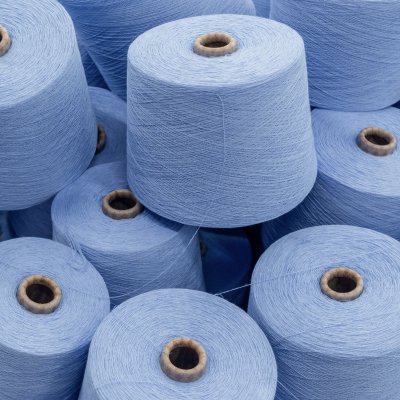
Advice on current account and warranty disclaimers
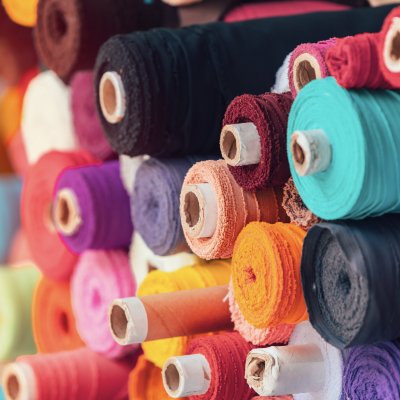
Counseling on compliance with obligations qualified under Decree 29-89
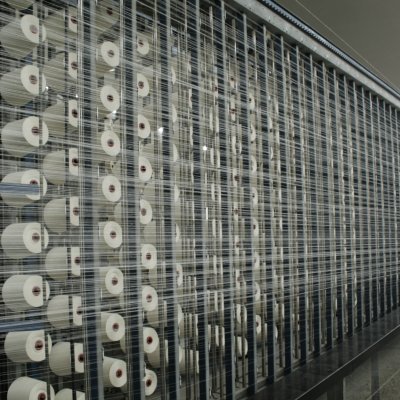
Training and consultancy on the transformation factor
In which we show how to identify the sources of internal information in their companies, how to collect records and thus achieve the calculation of raw materials and inputs needed for processing according to their production processes.
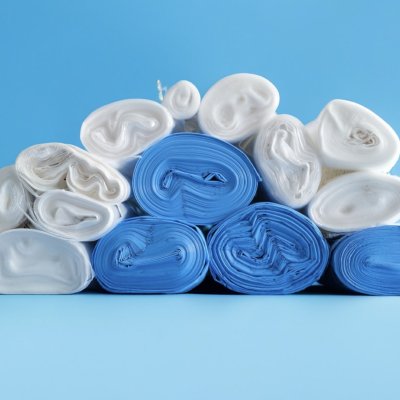
Transformation coefficient tool
Legislation and regulations
Decree 29-89
Decree 65-89
Decree 22-73
Maturity Schedule
Eventos 29-89
Obligations 29-89
Monthly affidavit Transformation coefficient IGSS electronic payroll and payment voucher
VAT Month of November 2025
General Small contributor
Inquiry form
Send us your data and your inquiry.
